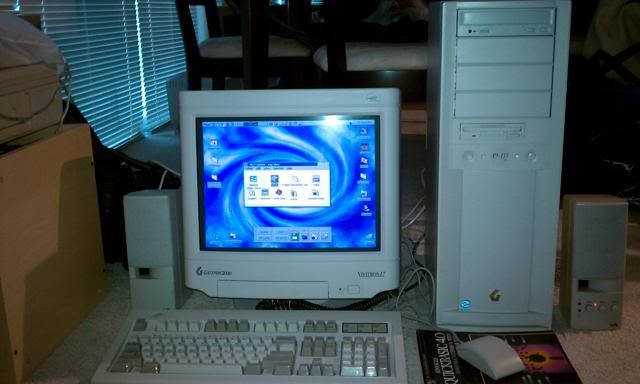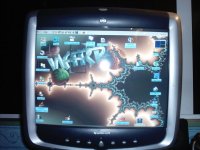EddieDX4
Veteran Member
Somewhat fuzzy picture of my P5-133 XL with OS/2 Warp booted up. The desktop color scheme is much nicer in actuality (looks bluish in the picture, but it's actually more purplish).

EDIT: Used a smaller version of the picture, for bandwidth sake...

EDIT: Used a smaller version of the picture, for bandwidth sake...
Last edited:


